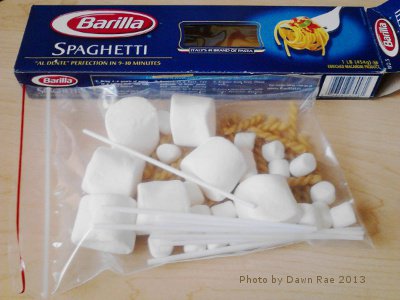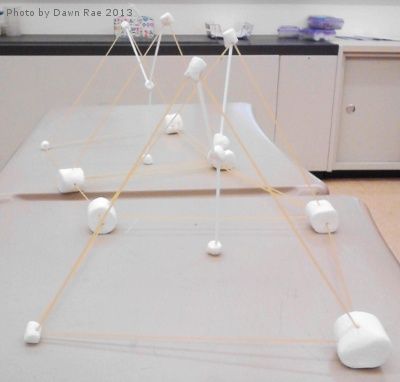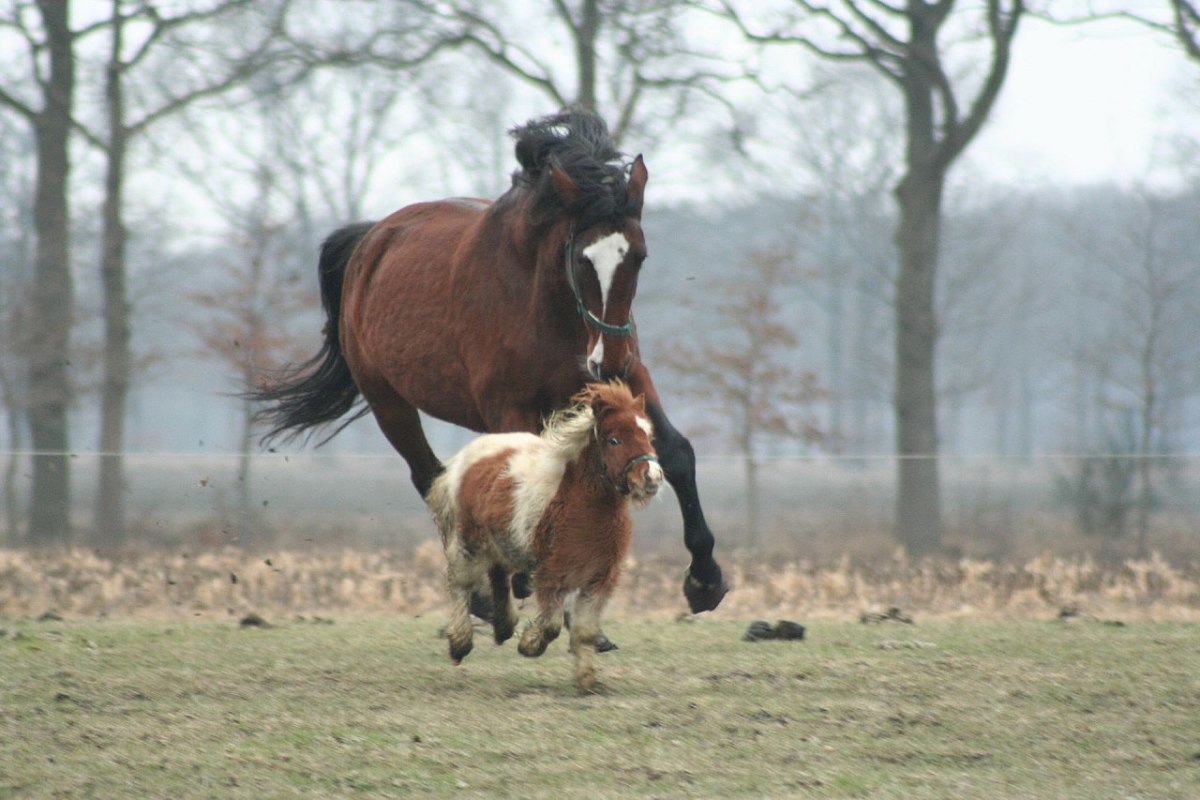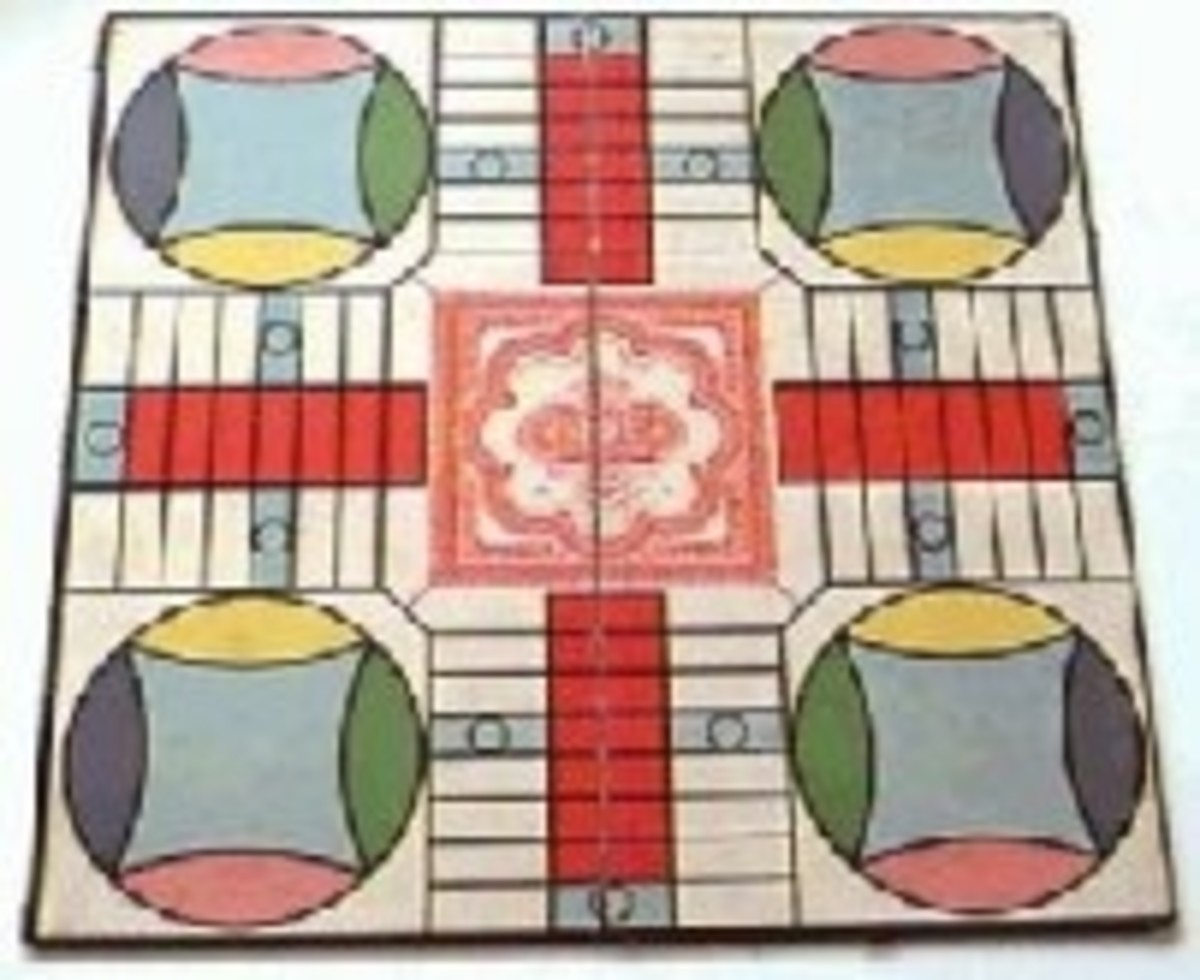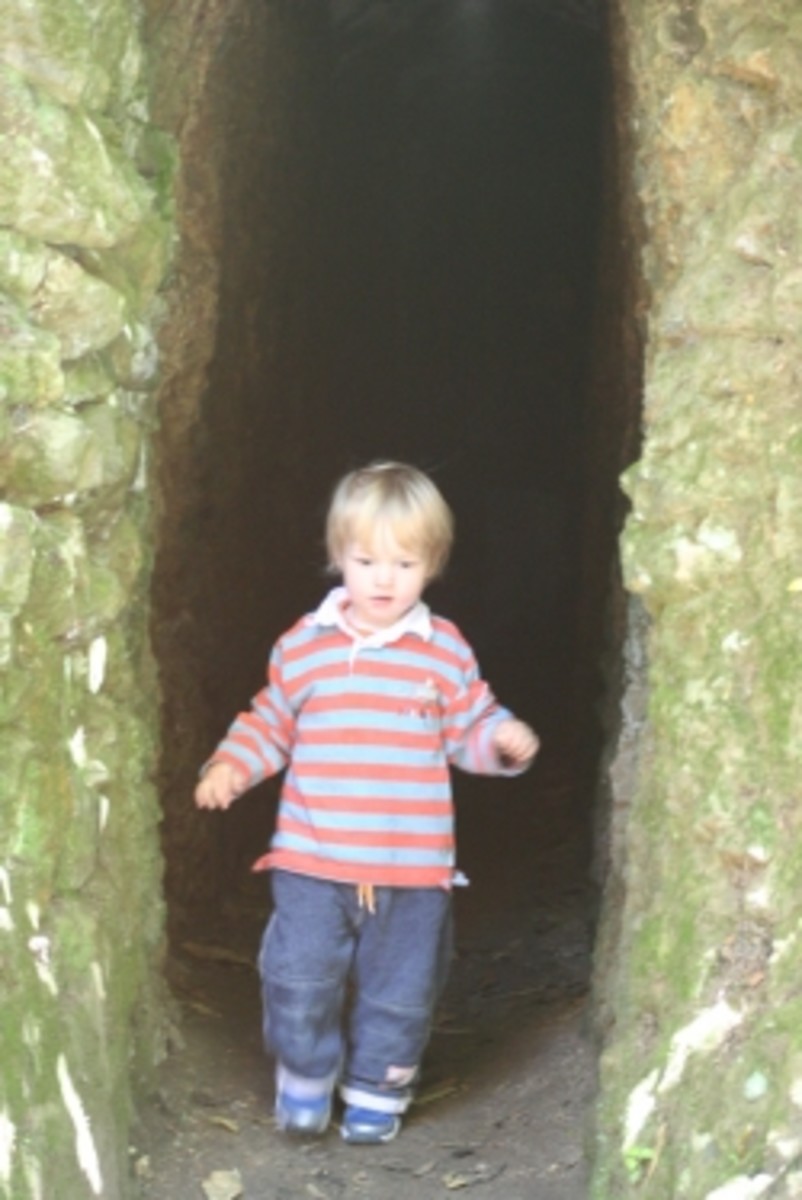Group Therapy Activities for Kids
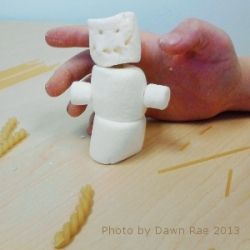
Welcome to our world.
My co-workers and I work at a special education school for children with behavioral problems. I am a part of the therapist team. One of the requirements of therapists in this setting is to provide an hour of group therapy each week with the children.
If you listen closely, you can hear the collective groan. In the many years that I have worked in this setting, I have only met one therapist that loves doing group therapy. The rest of us, while we love the kids, do not look forward to doing group therapy. Some of the reasons that we find group therapy so difficult will be listed below.
Over time, we have made many attempts to make a binder with our group activities compiled there. We always get started then the project languishes. In part because we are so overwhelmed with our daily duties and the crises that interrupt us. But in larger part, because it is far easier to show an activity to another therapist that it is to write it. So the binder idea is never successful.
I have decided to document our most successful group activities here. Perhaps, with the combination of the Squidoo tools provided and photos I can share, I can document our group therapy activities with two goals. First, to be able to keep track of my own group therapy activities. Second, to possibly share therapy ideas with other therapists outside of our setting. Goodness knows, all of us need all of the good ideas we can get.
Additional sources for group therapy activities.
In the event you need ideas more quickly than I add them to this lens, Amazon is a great place to find books, toys, and games that can be used for group therapy. Click any "buy now" button to go to Amazon and look around.


Logistics and Demographics in General:
The groups are divided by “classroom”. Please read the word “classroom” as the geographic location in the building. Each classroom contains up to 9 children with a variety of diagnoses, behaviors, and grade levels. If the teacher is experiencing a lucky year, all of the children are on the same grade level. However, that is exceedingly rare. Usually, there are 2-4 different grades in each classroom.
A classroom may consist of children with very similar ages, but even if you are lucky enough to have similarly aged children, they will not be of similar abilities. Some will be able to read or write, some will not. The diagnoses are widely varied. The most common for us are: ADHD, ODD, Autism spectrum, Anxiety, OCD, and Depression (in no certain order). We occasionally have a student headed down the Conduct Disorder trail, and doesn’t that just gum up your group therapy with the rest of the children.
Side Note: I appear to throw labels around very easily in my descriptions. Please note that I don’t take any label lightly. It’s just that most folks who are looking for group therapy activities already have experience in diagnoses and treatment. Also, I am not planning on writing a book. I am trying to display activities in a very short and concise lens. To do so, I will flip through diagnoses fairly quickly.
A small list of the multitude of barriers to having easy group therapy sessions.
Here is a very small, and extremely general and watered-down hint at some of our barriers. I am not going into great detail about diagnoses. If you want a group that is specific for children with certain diagnoses, and the reasons why, you won’t find that here. We aren’t lucky enough to work with only one diagnosis category at a time. What follows is a general sampling of some of the problems we have with coming up with appropriate group activities.
*We have some children in our groups who cannot color, draw, or be creative in those ways because it is too abstract. Or they are too anxious to do something that won’t be “right”. They only feel comfortable doing very concrete and directed activities.
* We have other children (the ones along the defiant trail) who are better at the creative activity because they bristle at directed and concrete activities.
* All of the children in our groups have social problems. Either anxiety or anger. You have to watch the environment constantly because the “extroverted” students are overbearing with the “introverted”, anxious, or quiet kids.
* Occasionally, we have high IQ kids who have equally as high behavioral problems. It is not easy to keep them engaged while we go slowly enough for other students.
* No matter what we do, we do have bullying in our school. The “bullies” greatly impact group dynamics. Sometimes you spend more time supervising and reining in the bullying activities than you do on the activity itself.
* We have very little budget for purchases. At times we can put things on our expense forms, but for the most part we don’t have a budget. So it is important for us to have activities that last for awhile.
**SITE UNDER CONSTRUCTION**
I will be adding activities or things as I go. Tonight I will complete the body of this lens with one activity. So please, if you are looking for group activity ideas, check back to see the additional activities as I add them.
While you are waiting for me to add more activities...
More ideas available at Amazon
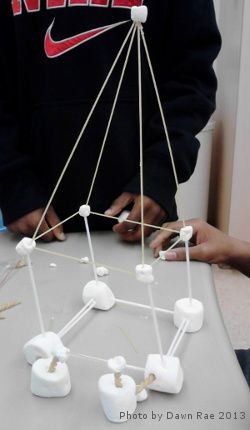
1. MarshMallow and Noodle Buildings
This activity can be as varied as you would like it to be. I have tried it as an entire class project, with all the students adding one item in turns. Due to the huge differences in our students, that did not work well. It may work well in other settings with more homogeneous groups of students.
Currently, I break the class up into small groups of 2-3 for this activity. I choose the groupings based on similar abilities and diagnoses.
Set-up: I break the kids up into small groups of my choosing. I inform the kids that they are to work on only one item, as a team. But, as individuals, they need to be able to tell me at the end whether they were a better designer, builder, communicator, etc. Since we always focus on coping skills at our school, they also need to be able to tell me what coping skills they used. If the class is advanced enough, I talk very briefly about architecture and engineering as careers.
List of Items (completely adjustable list. Just ensure that everyone has the same amount):
--20 raw spaghetti noodles
--6 large marshmallows
--20 miniature marshmallows
--20 raw gemelli noodles
--10 coffee stir sticks
The only required items are the spaghetti noodles and marshmallows. I was working with a more advanced class the last time, so I threw in extra items to see what happened. It went really well with the additional items.
Further Directions:
I tell them they must build a building or a bridge. They can choose any type of building or bridge, but it must be one of those two things.
The item must be free-standing.
I tell them to be ready to show-and-tell their structure to the large group at the end.
I give them their supplies and explain that they get no additional supplies. However, I don’t tell them that they are allowed to trade with the other groups if they do it with good communication. I’ve only had 2 sessions where the children thought of this option.
At the end of group, I ask each student to tell me something about what they thought they were strong at (back to the builder, planner, communicator, etc.) And I ask what part of the activity was hard and what coping skill they had to use.
I “judge” the items at the end. But each team gets recognition. I decide on the categories as the kids build. For example, in the last class, there was the tallest, the most sturdy, and a largest footprint.
Every group has loved this activity. And it is one of the rare activities that uses nearly the full hour.
Warning: Some of the children with OCD or sensory issues struggle with the sticky feel of the marshmallows. Some of the children with low frustration tolerance have a lot of difficulty with how easily the spaghetti breaks. All of the children will want to eat the dirty marshmallows so I always bring a few, clean and edible ones with me.
Marshmallow and Noodle Building Photos
Click thumbnail to view full-size



